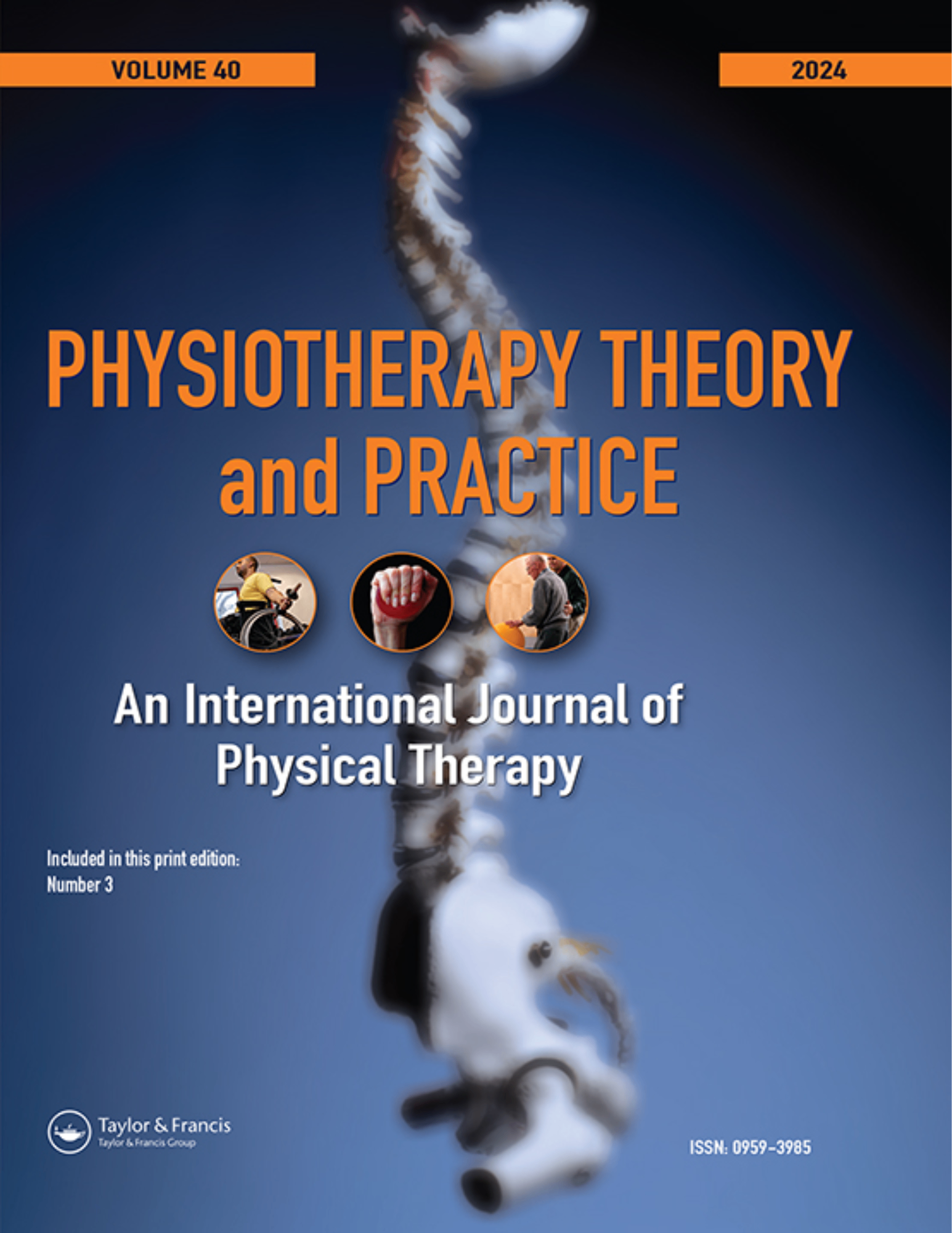
In-Person Supervised, Tele-Supervised, and Unsupervised Stabilization For Chronic Low Back Pain

In-Person Supervised, Tele-Supervised, and Unsupervised Stabilization For Chronic Low Back Pain
The effects of in-person-supervised, tele-supervised, and unsupervised stabilization exercises on pain, functionality, and kinesiophobia in patients with chronic low back pain: a randomized, single-blind trial.
Physiother Theory Pract . 2024 Nov;40(11):2492-2502.Did you know you're eligible to earn 0.5 CME credits for reading this report? Click Here
Synopsis
Sixty-six patients with chronic low back pain were randomized to receive in-person-supervised stabilization exercises (n=22), tele-supervised stabilization exercises (n=22), or unsupervised stabilization exercises (n=22). The primary outcome of interest was functionality, assessed using the Oswestry Disability Index (ODI). Secondary outcomes included pain intensity (Numeric Rating Scale), kinesiop...
To view the full content, login to your account,
or start your 30-day FREE Trial today.
FREE TRIAL
LOGIN
Forgot Password?
Explore some of our unlocked ACE Reports below!

Learn about our AI Driven
High Impact Search Feature
Our AI driven High Impact metric calculates the impact an article will have by considering both the publishing journal and the content of the article itself. Built using the latest advances in natural language processing, OE High Impact predicts an article’s future number of citations better than impact factor alone.
Continue



 LOGIN
LOGIN

Join the Conversation
Please Login or Join to leave comments.